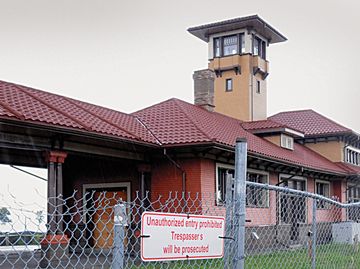Moving always brings mixed emotions – it can be both very exciting and stressful at the same time. To help, here are some useful tips that will help make your move efficient and trouble-free.
4 to 6 Weeks before moving
- Schedule your mail to be forwarded to your new address with Canada Post.
2 to 3 Weeks before moving
- Get boxes and moving supplies
- Arrange phone service at your new home
- Take unwanted items to charity and/or dump
- Dispose of household chemicals properly (old paint, caustic cleaners, etc.). Take these to the local Toxic Waste Centre
- Arrange the return of any cable TV equipment
- Complete necessary change of address forms:
- Drivers’ license, Health cards, Insurance
- Employer, Doctor, Dentist
- Magazine subscriptions and other mailings
- Memberships, insurance
- Bank accounts, credit cards, and tax office (Canada Customs and Revenue Agency)
- If necessary, do the following:
- Make travel arrangements and reservations.
- Arrange transfer of car insurance & license plates.
- Notify kids’ schools, transfer records.
- Register at new school.
- Get copies of medical and dental records; if you have pets, get copies of veterinary records.
8 to 14 days before moving
- Return borrowed items.
- Arrange connection of utilities at new place.
- Retrieve loaned items
- Arrange disconnection of utilities at old place.
- Arrange for major appliances to be moved, if necessary
- Dispose of all flammable materials.
2 to 7 days before moving
- Determine what you can bring with you if travelling by car, plane, train, or bus.
- Pack a suitcase with the clothes and toiletries that you’ll need the first day in your new home.
- Prepare “installed items” that you’re bringing (TV antenna or shelves*).
- Pack a special box with other essentials you’ll need for the first few days and marks this box “Do Not Move”.
The day before moving
- Take down curtains and curtain rods.
- Pack your personal belongings, except your alarm clock, necessary clothes, jewellry and bedding
- Empty, defrost and clean refrigerator; clean the stove.
Moving day!
- Keep paperwork accessible.
- Collect all keys; keep them in a safe place.
- Strip and dismantle beds.
- Clean premises that you are leaving, inspect with the landlord.
- Final walk-through: check all closets and cabinets
- If using a moving company, confirm the new address and delivery time with the driver
- If using a moving company, walk about with supervisor and sign inventory forms.
- Know how to reach your new landlord or superintendent.
After moving
Contact city/municipal offices to find out about garbage pick up, recycling facilities and local regulations and information.
* Note: Ensure your lease permits the items that you plan to install in a new place. Some leases may not permit the installation of shelving screwed into walls or TV antennas. Be sure to give proper notice; see the Provincial Fact Sheets on the Canadian Mortgage and Housing Corporation’s website for information on the notice required.
Adapted from: Canadian Mortgage and Housing Corporation
- See more at: http://www.canadapost.ca/ext/en/move/?page_id=965&icid=2013int792#sthash.gzDiudnj.dpuf





